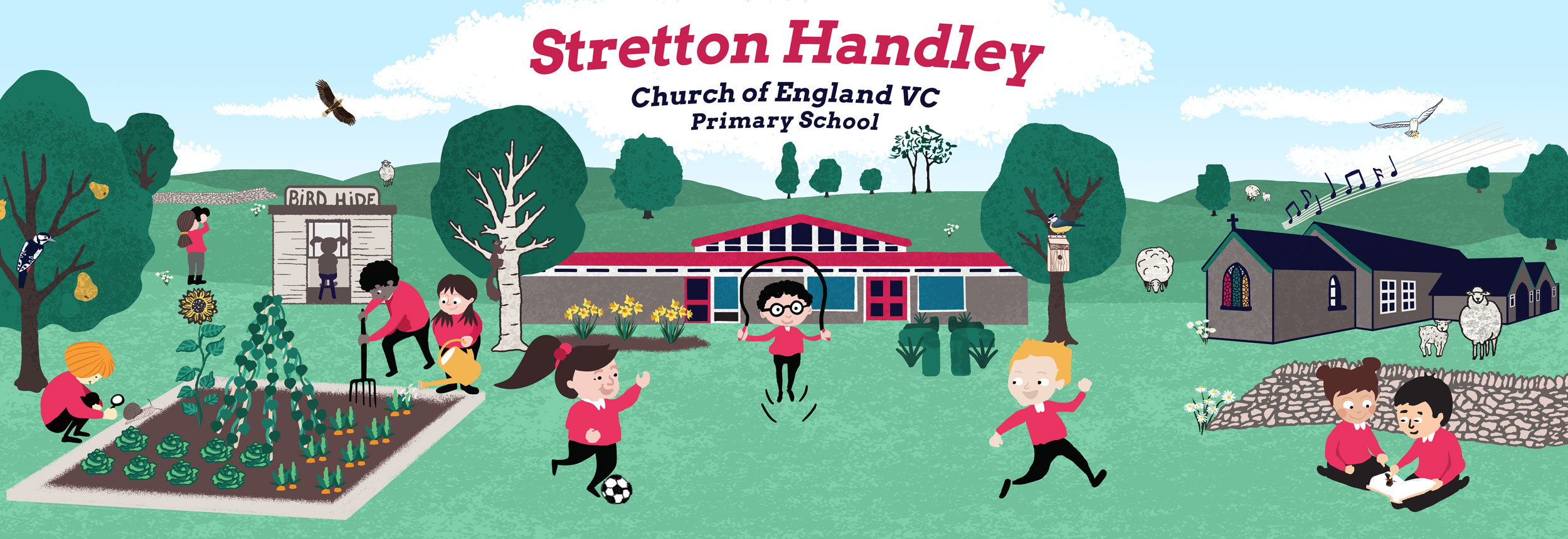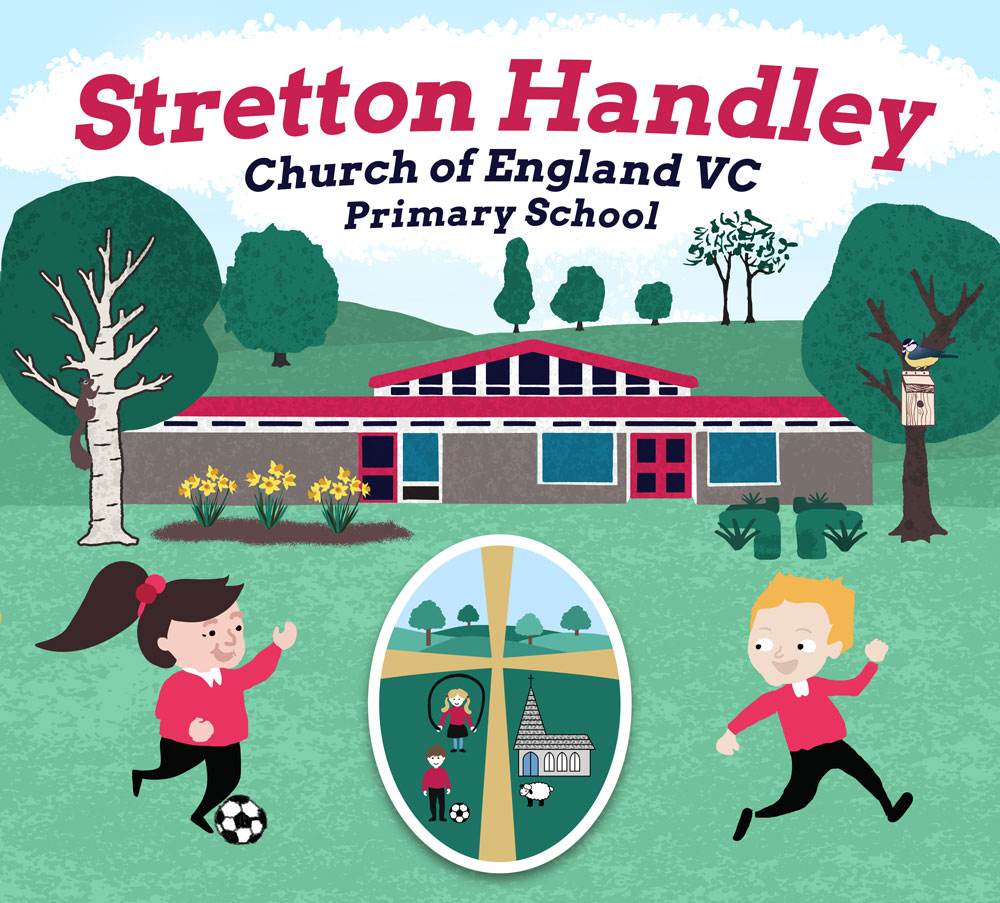Intent
At Stretton Handley CE Primary School, our Art curriculum is knowledge rich and ensures
that key skills and vocabulary are reinforced in meaningful contexts. Key strands are deliberately constructed so our children’s artistic skills and knowledge are built upon each year. Our
children will be immersed in creative experiences that foster risk-taking, self-expression and cultural understanding. We will achieve this through reflecting on important art and artists from
around the world and throughout history, learning the knowledge and skills needed to express themselves in a variety of mediums. To promote pride and confidence, we will celebrate and showcase all children’s artistic talents to foster a lifelong love of imagination and creativity.
Implementation
Art and Design is an integral part of the school curriculum and is embedded into the planning and may be taught discretely or as part of a wider topic. Teaching and learning time is managed effectively to allow children to work on sustained pieces of work.
In the Early Years Foundation Stage pupils are given the opportunity to explore texture, colour, shape, form and space. They develop their imagination and creativity and begin to investigate the qualities of materials and processes. They begin to use colour and shape to express themselves. They investigate the use of pattern and texture to represent ideas or emotions.
At Key Stage 1 pupils develop their skills further through increasing their knowledge and understanding of materials and techniques, environments and their own identity and experiences. At this stage pupils use colour, shape, pattern, and texture to express their emotions and ideas. They begin to ask questions and learn about other artists and art from a variety of cultures. They explore how the art was made, what it was made from and their thoughts and feelings regarding each piece.
At Key Stage 2 pupils develop their creativity further by increasing their knowledge, skills and understanding of materials and processes. Pupils’ experiences at this stage enable them to understand the diverse functions of art in the wider world. Pupils learn to improve their use of tools and become confident in using a variety of techniques. Pupils increase their awareness of the purposes of art from historical periods and begin to ask themselves about the purpose, creation, materials, and significance of a variety of art works.
Impact
We measure the impact of out art curriculum using various formative methods of assessment, including self and peer assessment. Children are able to evaluate one another’s’ work, offering constructive advice and points of development. Children’s work will be evidenced in topic books, on-going sketch books and classroom displays. The intended impact of the Art Curriculum is that the majority of children in each year group are working at or above the expected level for their age. It is the intended impact that the children:
- Are inspired by the Art Curriculum and want to learn more. Their enquiry skills are improved as is their inquisitiveness about the world around them
- Show the progression in their skills, knowledge and understanding in the work in their books.
- Can discuss the learning and remember what they have learnt.
- Can identify some key artists and talk about their work.


